Well, if you haven’t read about them in story books or heard about them on TV, you must be living in space! (No offence!) The Big 5 are 5 animals that were referred to as the 5 most difficult animals to hunt on foot by big-game hunters. As a result, safari guides and tour operators adopted the term to market seeing these dangerous animals.
The Big 5 include: the lion, the African elephant, the Cape buffalo, the leopard and the rhinoceros.
Africa, the mesmerizing continent of diverse landscapes and captivating wildlife, is home to a select group of iconic animals known as the “Big Five.” Consisting of the African lion, African elephant, Cape buffalo, leopard, and rhinoceros, these magnificent creatures hold a special place in the hearts of wildlife enthusiasts and adventurers alike. In this article, we delve deeper into the captivating world of the Big Five, providing valuable insights on where and when to witness their awe-inspiring presence in their natural habitats.
The African Lion
Let’s start with the African lion. Certainly the most beautiful of all the animals and also referred to as ‘the King of the Jungle’ (mostly in storybooks and movies), this large and beautiful carnivore (meat-eater) are the most dangerous, as they can attack without provocation. Camouflaging themselves in the bush, they are not easy to spot, so when on safari, keep your eyes peeled at all times.
The African lion, often regarded as the king of the savannah, exudes power, grace, and majesty. To witness these awe-inspiring creatures in their natural habitat, the Serengeti National Park in Tanzania and the Maasai Mara Reserve in Kenya are among the prime locations. The best time to see lions in action is during the dry season (from June to October), when wildlife congregates around watering holes, and the grass is shorter, facilitating optimal visibility for both predator and prey.
Facts about the African Lion
- Lions are the only social cats, living in prides that can consist of up to 40 lions.
- Lionesses are the primary hunters, working together in strategic groups to bring down prey.
- A lion’s roar can be heard up to 8 kilometers (5 miles) away, serving as a territorial declaration and a means of communication within the pride.
- Despite their fearsome reputation, lions spend a significant amount of their time resting, conserving energy for hunts that typically occur during the cooler hours of dawn and dusk.
The African Elephant
The African elephant is by far the most intimidating as it snorts and digs in the ground, getting ready to storm you! However, many have been tamed in certain reserves and one can interact with them quite happily and even ride on them. It is a herbivore (eating only foliage), so you may not be eaten, but you certainly could be chased and stomped upon! They are also well-camouflaged by the African bush.
The African elephant, the world’s largest land mammal, is an emblem of strength, intelligence, and familial bonds. Etosha National Park in Namibia, Chobe National Park in Botswana, and Amboseli National Park in Kenya are renowned for their elephant populations. While these gentle giants can be seen throughout the year, the dry season (from May to October) is particularly rewarding, as elephants gather around water sources, creating magnificent scenes of large herds interacting and engaging in social behaviour.
Facts about the African Elephant
- Elephants have the largest brains of any land animal, exhibiting high levels of intelligence, empathy, and social complexity.
- They are known for their strong familial bonds and display emotions such as joy, grief, and compassion.
- Elephants communicate through a combination of vocalizations, body language, and infrasound, which is a low-frequency sound that can travel long distances.
- These gentle giants are vital to maintaining the balance of ecosystems as they disperse seeds, create water holes, and modify landscapes.
The Cape Buffalo
When one sees a herd of African buffalo casually grazing in the veld, they don’t look dangerous at all, but be warned, they have been known to kill more people than any other animal. They weigh about 700 kgs and stand 4 to 6 feet tall. It only takes one look from these animals and a disgruntled snort to have you running in the opposite direction…!
Known for its imposing size and unpredictable temperament, the Cape buffalo is an integral part of Africa’s ecosystem. Kruger National Park in South Africa, Hwange National Park in Zimbabwe, and Serengeti National Park in Tanzania are some of the top destinations to encounter these robust animals. It’s advisable to visit during the dry season (from May to October) when water sources become scarce, and buffalo herds congregate in large numbers, providing extraordinary photographic opportunities.
Facts about the Cape Buffalo
- Cape buffalo, also known as African buffalo, are formidable and unpredictable animals, responsible for causing the most deaths among big game hunters in Africa.
- They form large herds that can consist of hundreds or even thousands of individuals, offering protection against predators.
- When threatened, Cape buffalo are known to display remarkable bravery, defending themselves and their herd members against lions, crocodiles, and other predators.
- Interestingly, Cape buffalo have a unique behaviour known as “mobbing,” where they collectively attack and chase away potential threats, even including lions.
The Leopard
African Leopards look like beautiful big cats (and they even purr!), but don’t be deceived, they can kill prey that are larger than themselves! Their eye-catching circles are called ‘rosettes’, once again providing good camouflage. However, what is dangerous about these animals is that they hide in trees to survey their territory, can charge at speeds of over 35 mph and are very agile on their feet. They tend to be more difficult to spot, being nocturnal animals and hiding away from predators.
With its stealth and captivating beauty, the elusive and enigmatic leopard is a true testament to nature’s artistry. South Luangwa National Park in Zambia, Kruger National Park in South Africa, and Maasai Mara Reserve in Kenya are renowned for their leopard populations. Leopards are primarily solitary and nocturnal, so embarking on game drives or guided walks during the early morning or late afternoon presents the best chances of spotting these elusive felines as they emerge from their daytime hideouts.
Facts about the Leopard
- Leopards are excellent climbers and can carry prey twice their weight up into trees to protect it from scavengers and other predators.
- Known for their elusive nature, leopards are incredibly adaptable and can thrive in a wide range of habitats, including forests, grasslands, and even urban areas.
- They are exceptional hunters and possess incredible strength, capable of leaping up to 6 meters (20 feet) horizontally and 3 meters (10 feet) vertically.
- Leopards have a unique rosette pattern on their fur, which provides them with effective camouflage within their surroundings.
The Rhinoceros
Last, but not least is the great African Black or White rhinoceros (although grey in colour) – hunted for their beautiful ivory tusks by poachers. Now considered to be an endangered species, one must try to see them before they become extinct. Also herbivores they feed on leaves, bushes and branches. But once again, don’t be fooled by their calm demeanour, they readily have been known to attack predators, including humans.
The rhinoceros, an ancient creature revered for its prehistoric charm and unfortunate battle against extinction, can be found in a few select destinations. South Africa’s Kruger National Park and Hluhluwe-iMfolozi Park, as well as Lewa Wildlife Conservancy in Kenya, are notable places to witness both the white and black rhino species. While rhinos can be seen year-round, the dry season (from May to September) is ideal, offering clearer visibility and increased chances of spotting these magnificent creatures in their natural habitats.
Facts about the Rhino
- Rhinos are ancient creatures that have roamed the Earth for over 50 million years, making them one of the oldest mammal species.
- Their skin can be as thick as 5 centimeters (2 inches) and is not only tough but also acts as a natural sunscreen, protecting them from the sun’s harmful rays.
- Rhinos have poor eyesight but possess an acute sense of smell and hearing, allowing them to detect potential threats or approaching predators.
- Sadly, rhinos face the threat of poaching due to the high demand for their horns, which are mistakenly believed to have medicinal properties in some cultures.
Embarking on a safari adventure to witness Africa’s Big Five is a dream come true for wildlife enthusiasts. Whether you’re captivated by the mighty roar of the African lion, the gentle presence of the African elephant, the untamed spirit of the Cape buffalo, the elusive beauty of the leopard, or the ancient charm of the rhinoceros, Africa’s diverse landscapes and national parks offer unparalleled opportunities to experience nature at its finest.
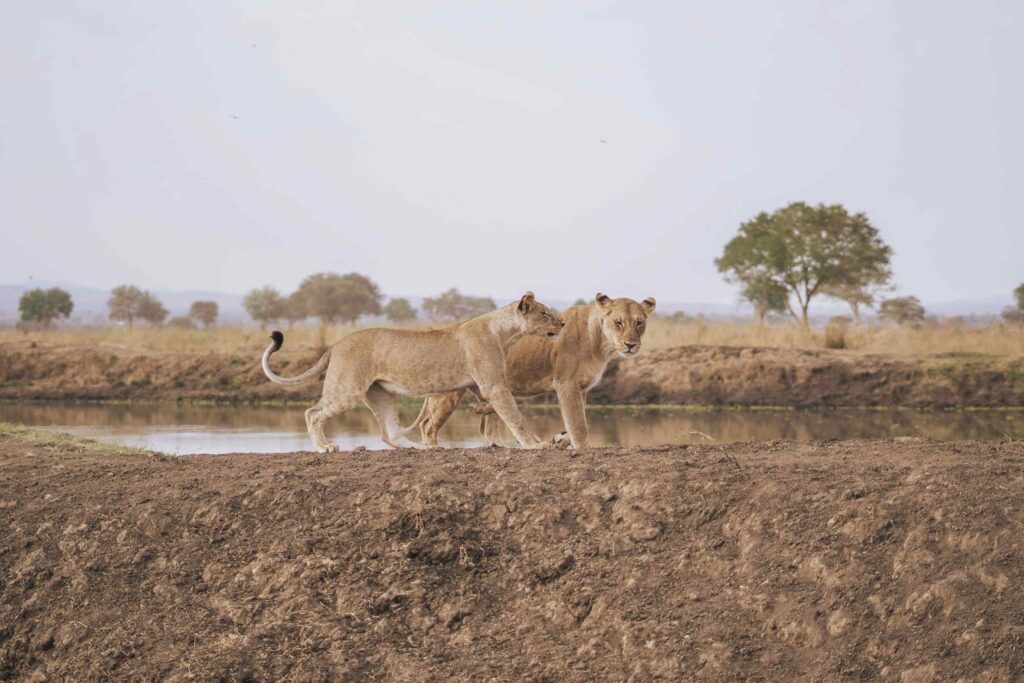
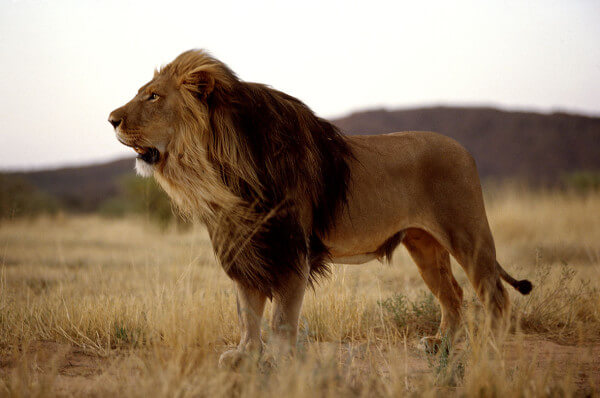
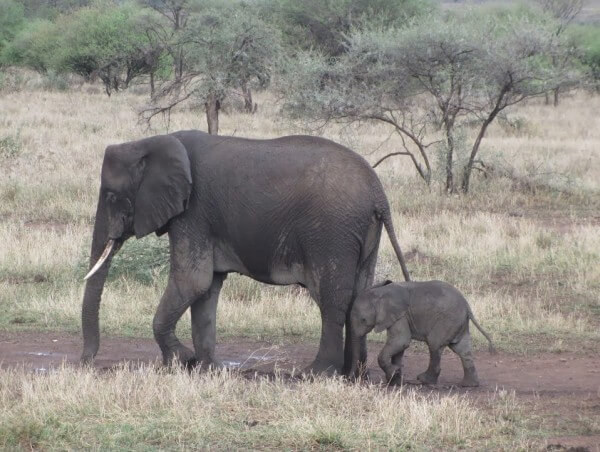
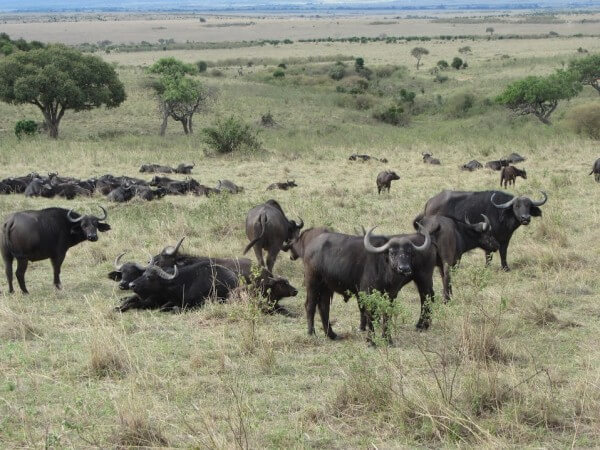
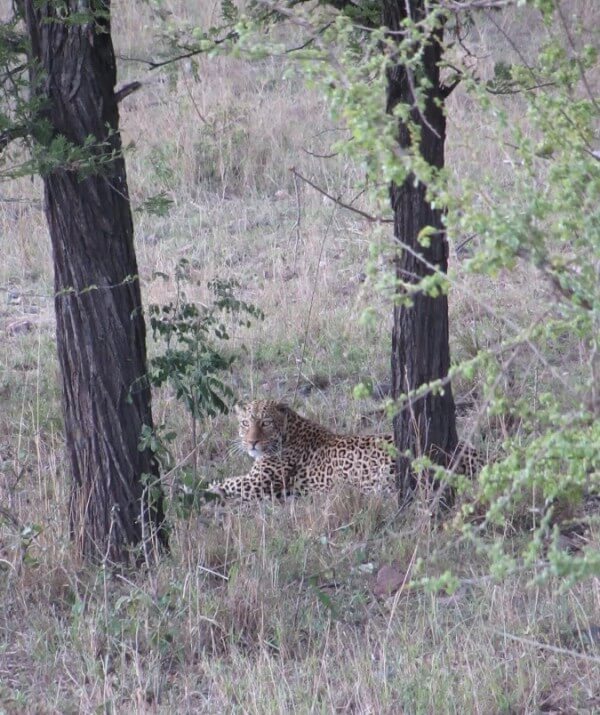
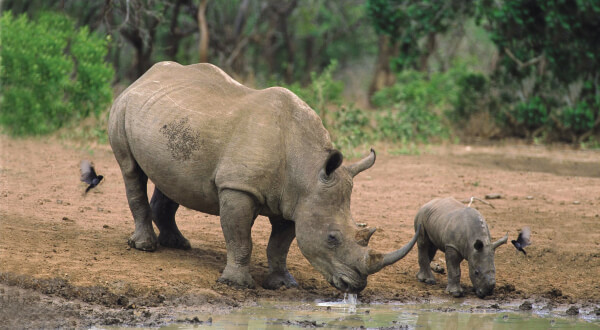

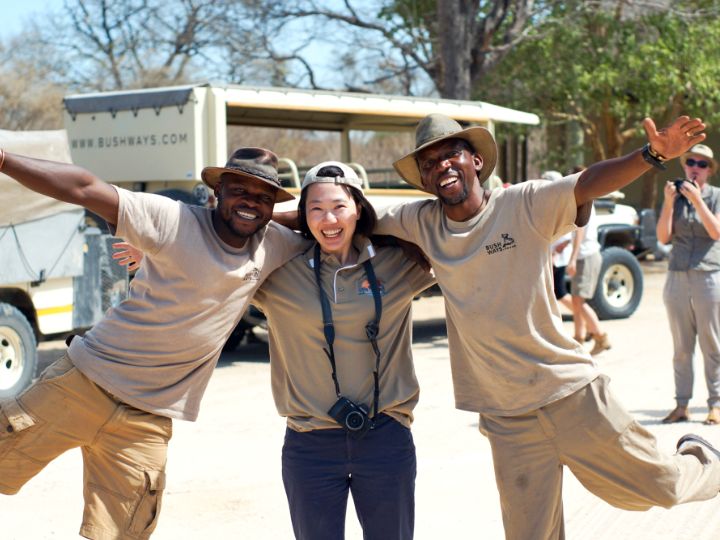
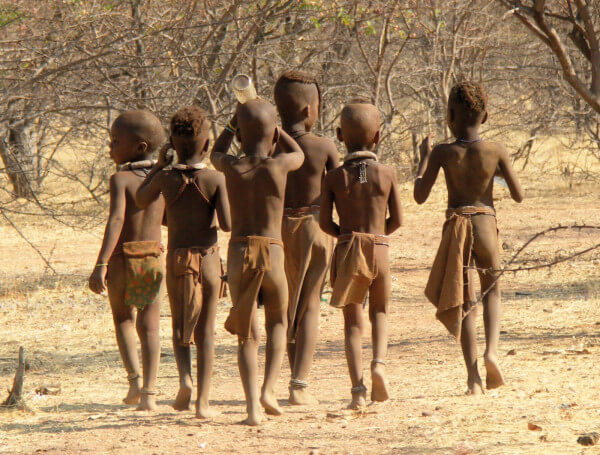
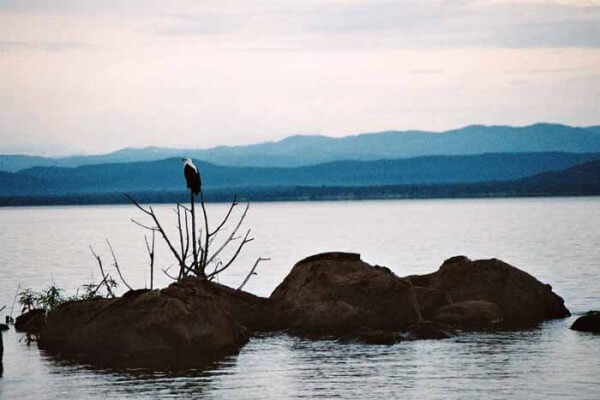

0 Comments